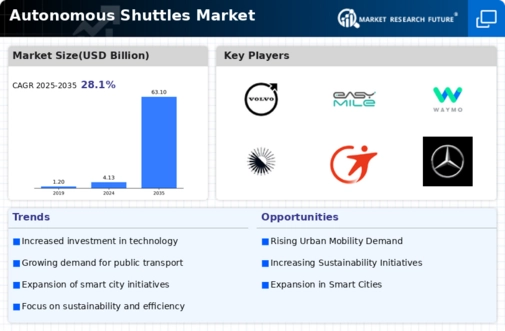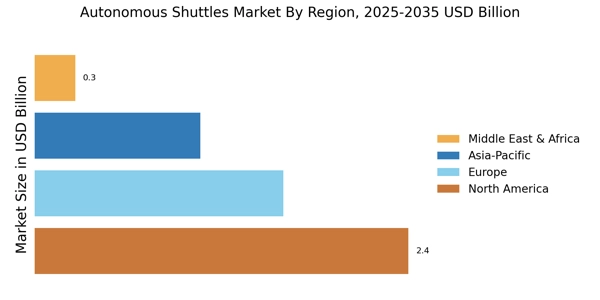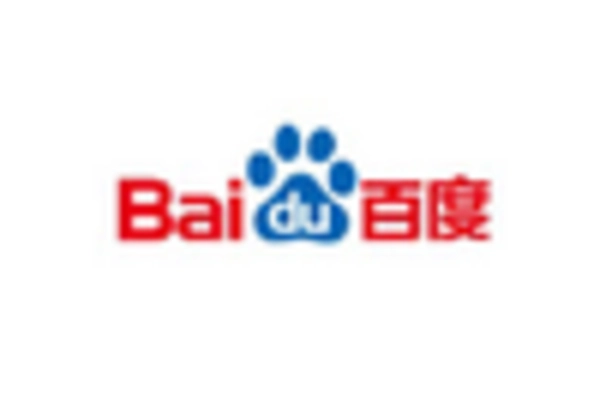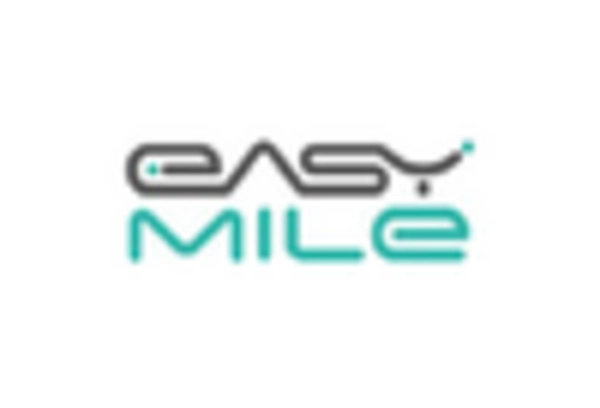Tesla
March, 2025: Tesla is collaborating with Chinese tech giant Baidu to enhance its advanced driving assistance system (ADAS) in China. Baidu's engineers are integrating precise navigation maps with Tesla's Full Self-Driving (FSD) Version 13 software to improve its understanding of Chinese roads and address user feedback. This partnership also helps Tesla navigate regulatory challenges in China, where data laws limit its AI training capabilities.
February 2025: Elon Musk announced plans to launch Tesla's fully autonomous robotaxi service in select California cities by the end of 2025. The service is set to debut in Texas by June 2025 and will operate without human drivers, utilizing Tesla's cost-effective "vision-only" approach that relies on cameras and sensors instead of expensive lidar systems.
Baidu
December, 2024: Beijing introduced new regulations to promote autonomous driving technology, allowing for driverless public buses and taxis starting April 1, 2025. Autonomous vehicles that pass safety assessments can apply for road trials, with the city aiming to enhance infrastructure for intelligent road systems to support various vehicle types. Baidu's Apollo Go plans to deploy 1,000 robotaxis in Wuhan by the end of 2024, reflecting China's aggressive trialing of self-driving technology in at least 19 cities.
Hyundai
October 2024: Hyundai Motor Company and Waymo announced a multi-year strategic partnership to integrate Waymo's fully autonomous technology into Hyundai's all-electric IONIQ 5 SUV. These vehicles will be added to the Waymo One fleet over time, with initial on-road testing expected to begin by late 2025.
October 2024: Hyundai and its affiliate Kia signed an agreement with Baidu to develop technologies for connected cars, including autonomous software, artificial intelligence, and more. This collaboration aims to establish an ecosystem for connected cars in the Chinese market, focusing on connectivity, self-driving software, and smart cloud computing technology.
Recent developments in the Autonomous Shuttles Market indicate a rapidly evolving landscape characterized by increased investments and technological advancements. Major players are enhancing their autonomous technologies, focusing on safety, efficiency, and interoperability.
Partnerships between automotive manufacturers and tech companies are becoming more prevalent, aimed at accelerating the deployment of autonomous shuttles in urban settings. Regulatory frameworks are also evolving, with several governments exploring policies to promote the integration of autonomous vehicles into public transport systems. Pilot programs are being launched in various cities worldwide, demonstrating the potential benefits of reduced traffic congestion and improved public transportation efficiency.
Additionally, advancements in AI and machine learning are driving innovations in navigation systems, allowing shuttles to operate effectively in complex environments. The market is projected to experience substantial growth, fueled by increasing demand for sustainable and intelligent transportation solutions. As cities seek to enhance mobility services and reduce their carbon footprint, the adoption of autonomous shuttle services is anticipated to rise significantly over the coming years, positioning the market for substantial advancements and expansions.
Autonomous Shuttles Market Segmentation Insights
Autonomous Shuttles Market Technology Outlook
- V2X Communication Systems
Autonomous Shuttles Market Service Model Outlook
- Corporate Shuttle Services
- On-Demand Mobility Services
Autonomous Shuttles Market Vehicle Size Outlook
- Small Shuttles (10-15 passengers)
- Medium Shuttles (16-30 passengers)
- Large Shuttles (31+ passengers)
Autonomous Shuttles Market Operational Environment Outlook
- Campuses and Private Properties
Autonomous Shuttles Market Level of Autonomy Outlook
- Level 1 (Driver Assistance)
- Level 2 (Partial Automation)
- Level 3 (Conditional Automation)
- Level 4 (High Automation)
- Level 5 (Full Automation)
Autonomous Shuttles Market Regional Outlook


















Leave a Comment